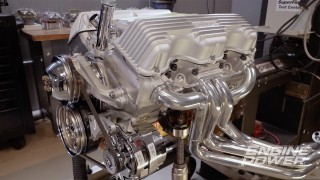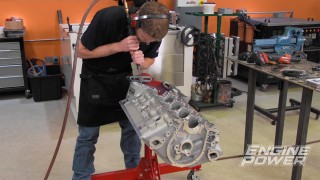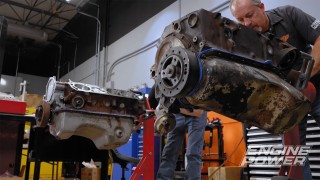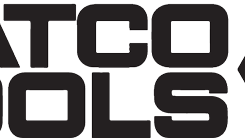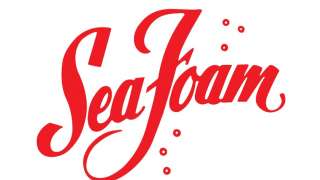
Phasing Twin Big Blocks For More Power
We seek more power from our twin-engine dyno setup, by reconfiguring the exhaust and phasing the 496 Big Block Chevy engines. Plus we head to Texas to check out SAM Tech’s engine program!
Season 9
Episode 7
Hosts: Pat Topolinski, Frankie Forman
First Air Date: May 2, 2022
Duration: 21 minutes 30 seconds




